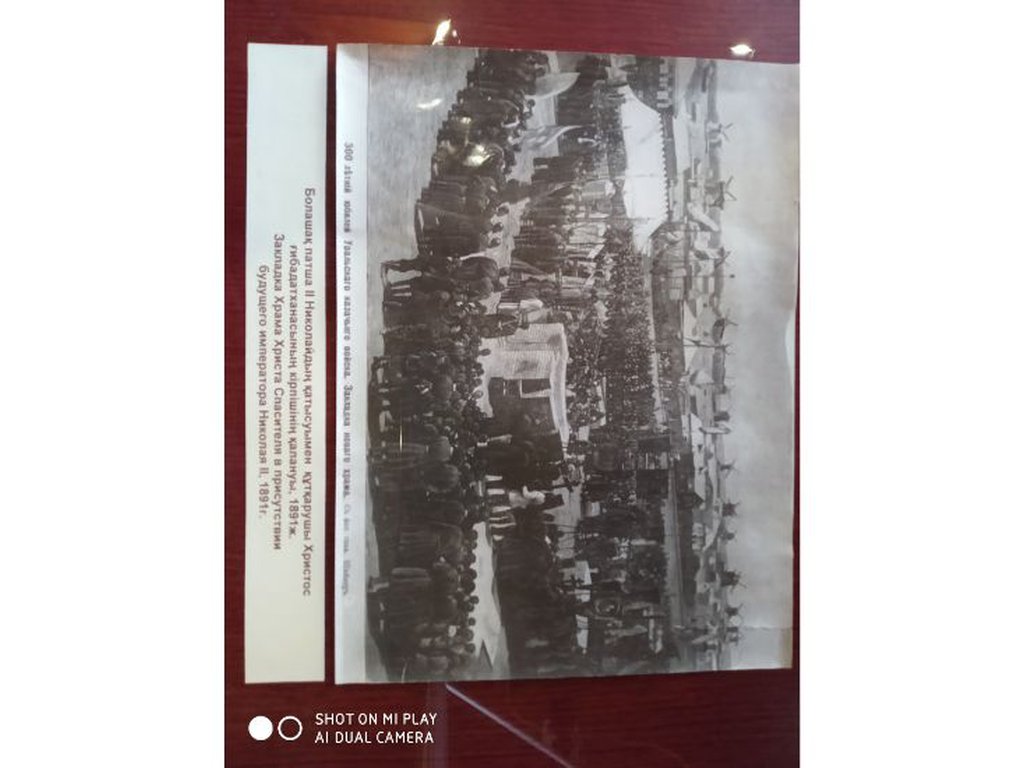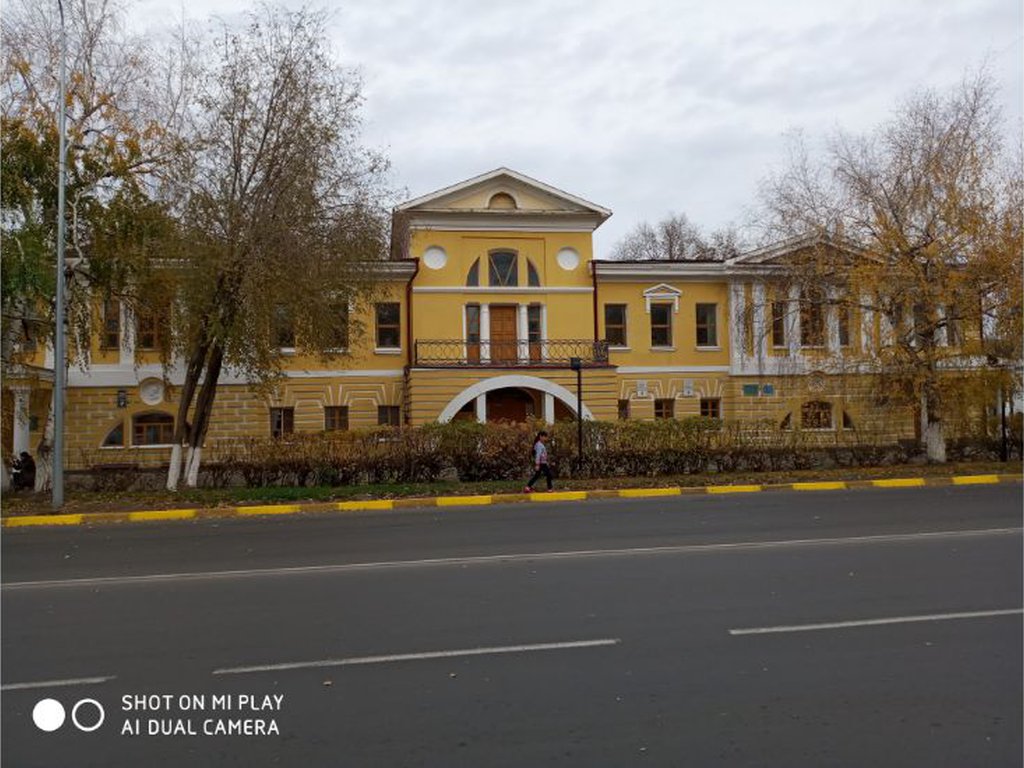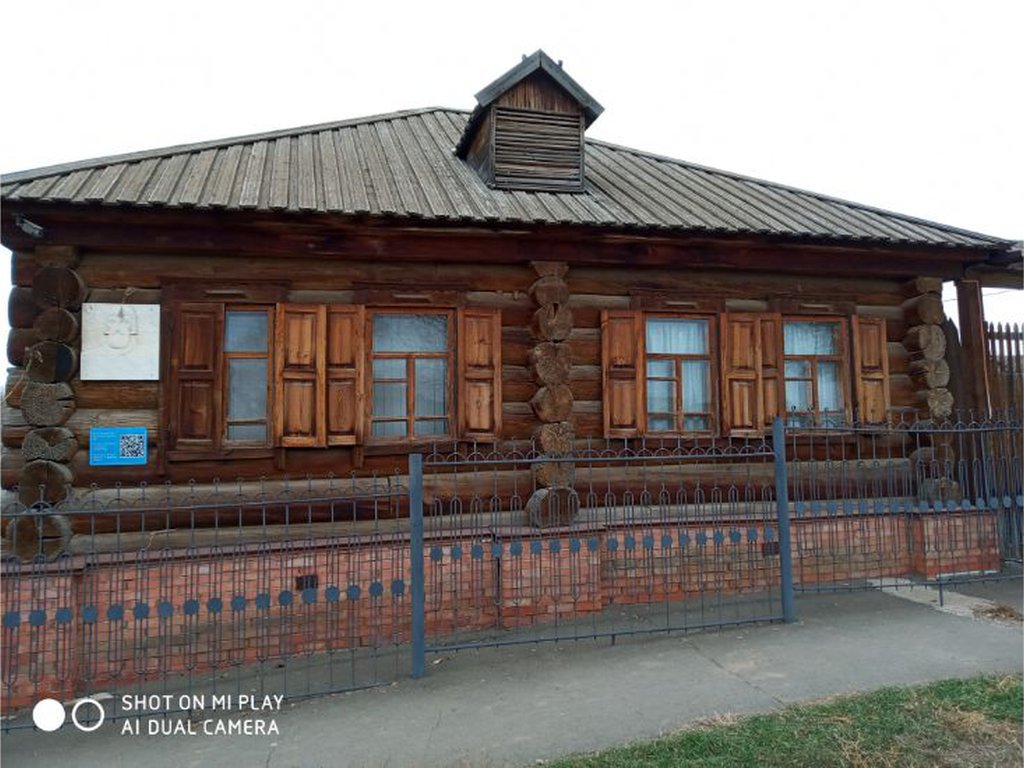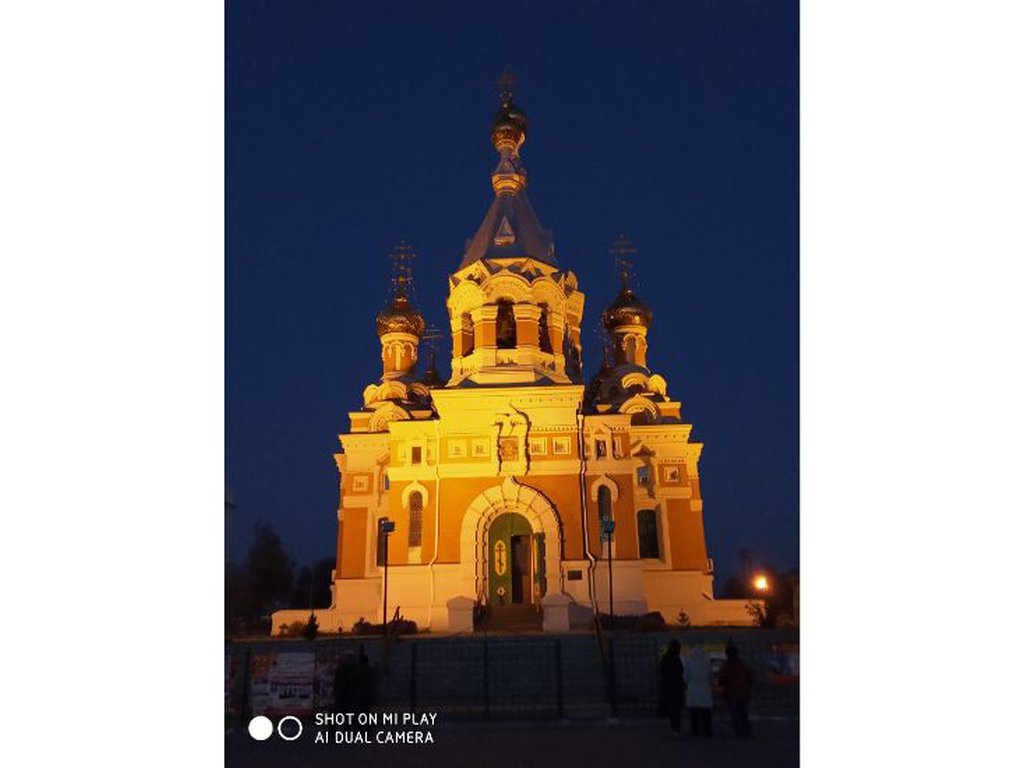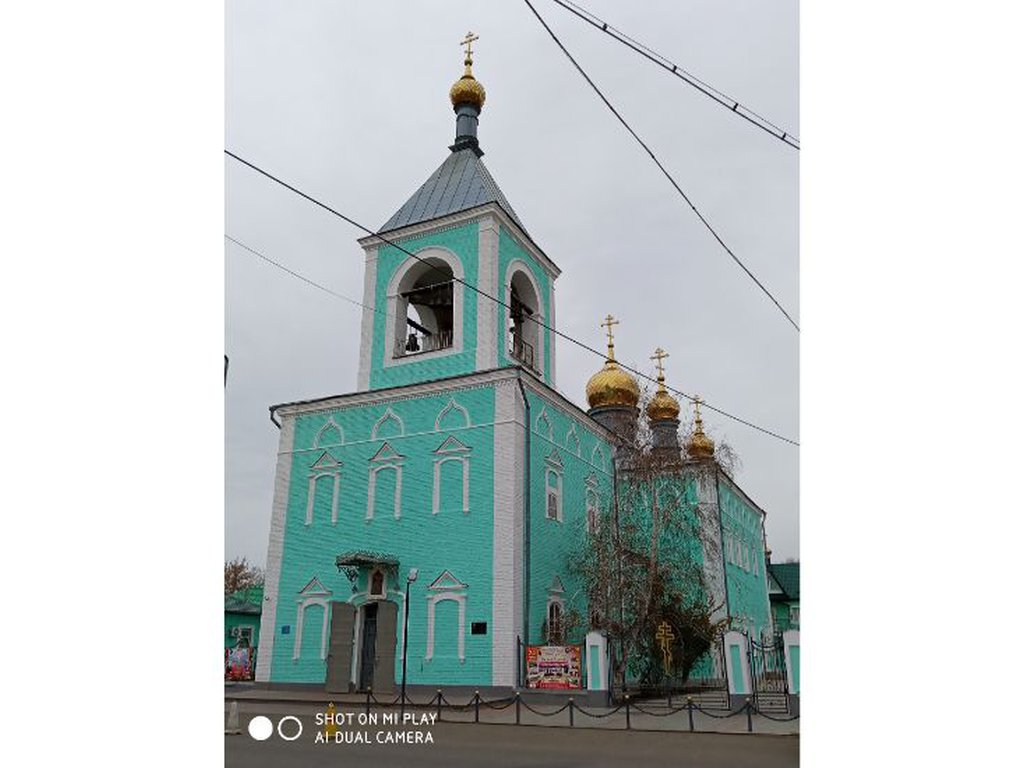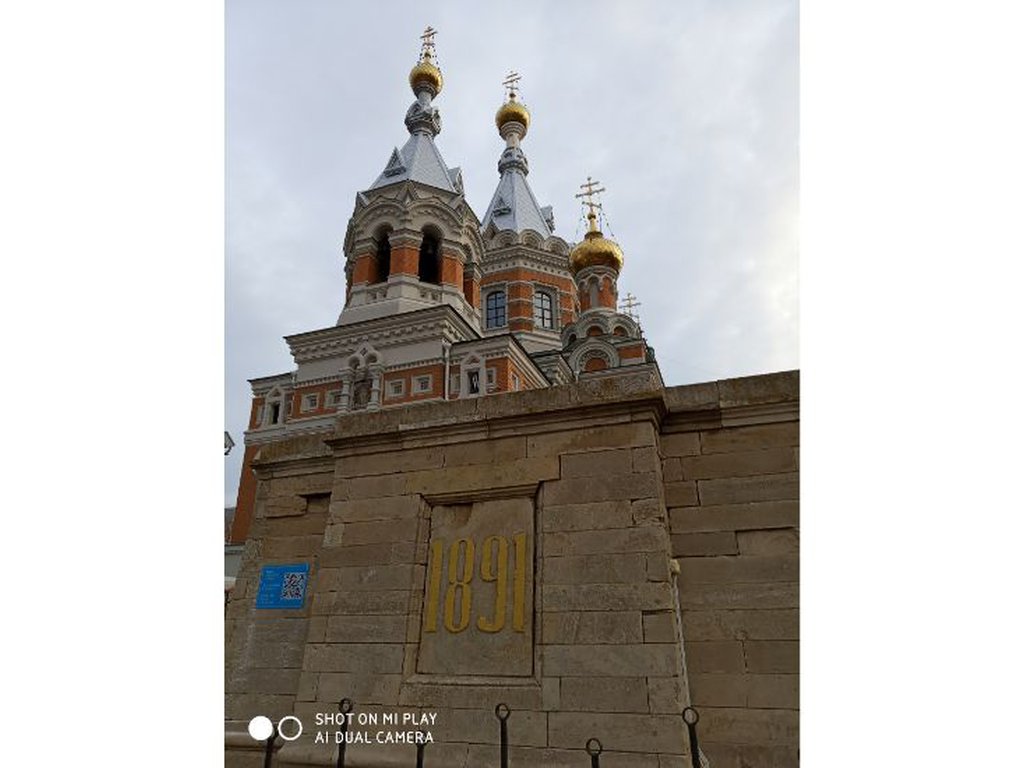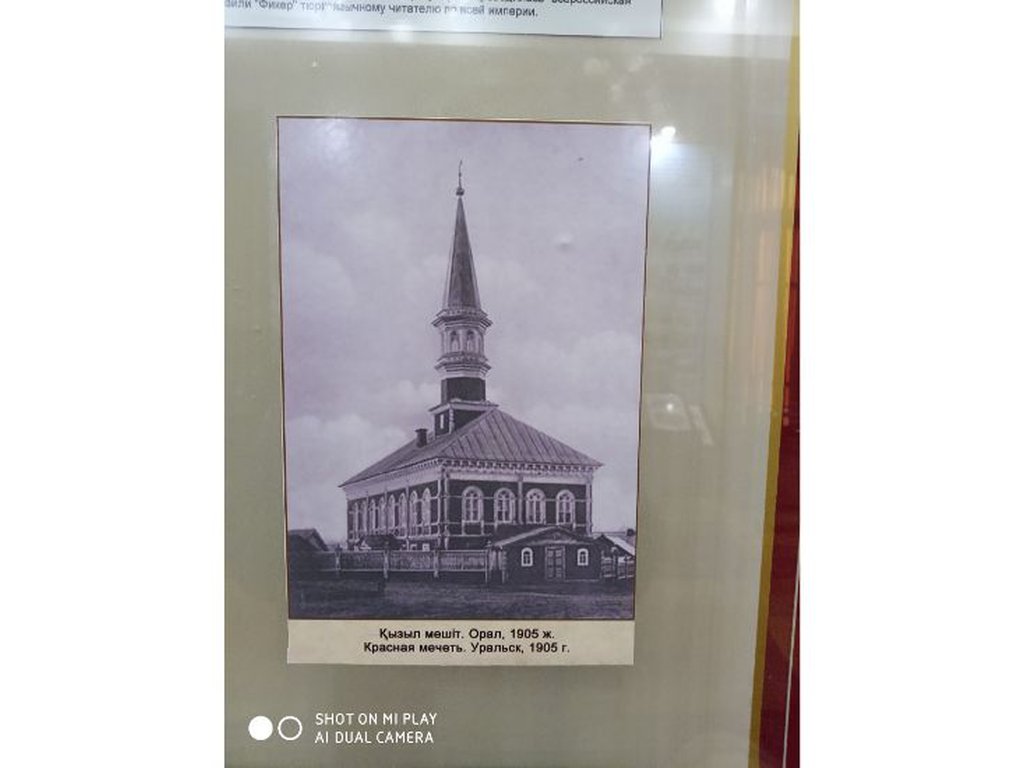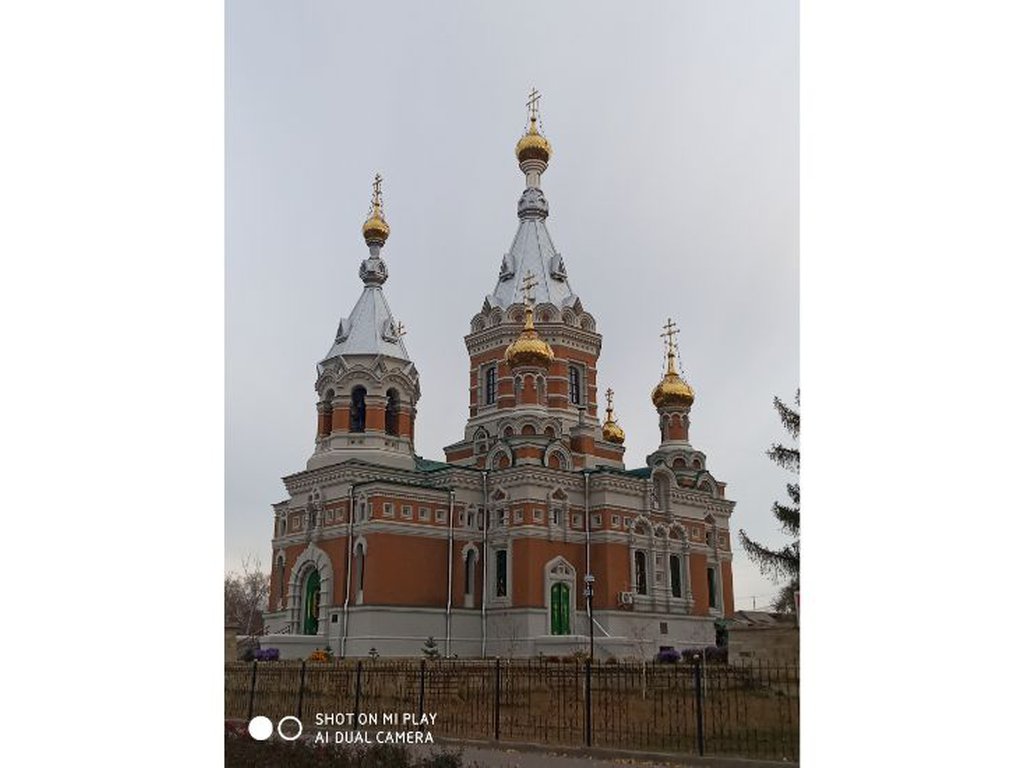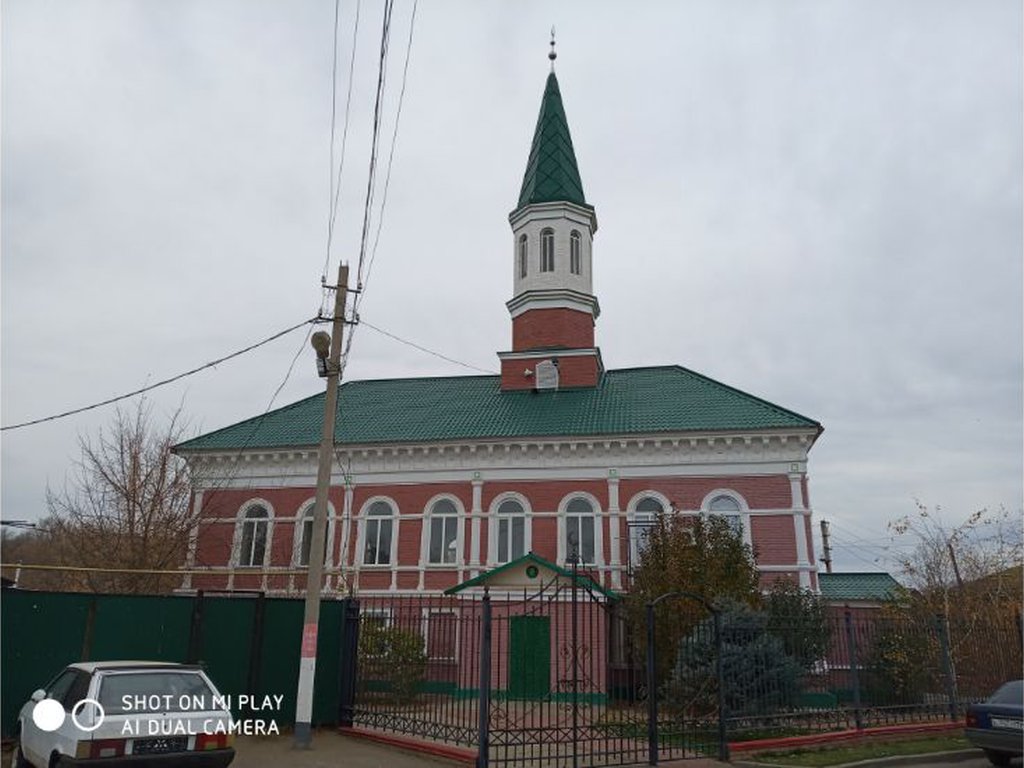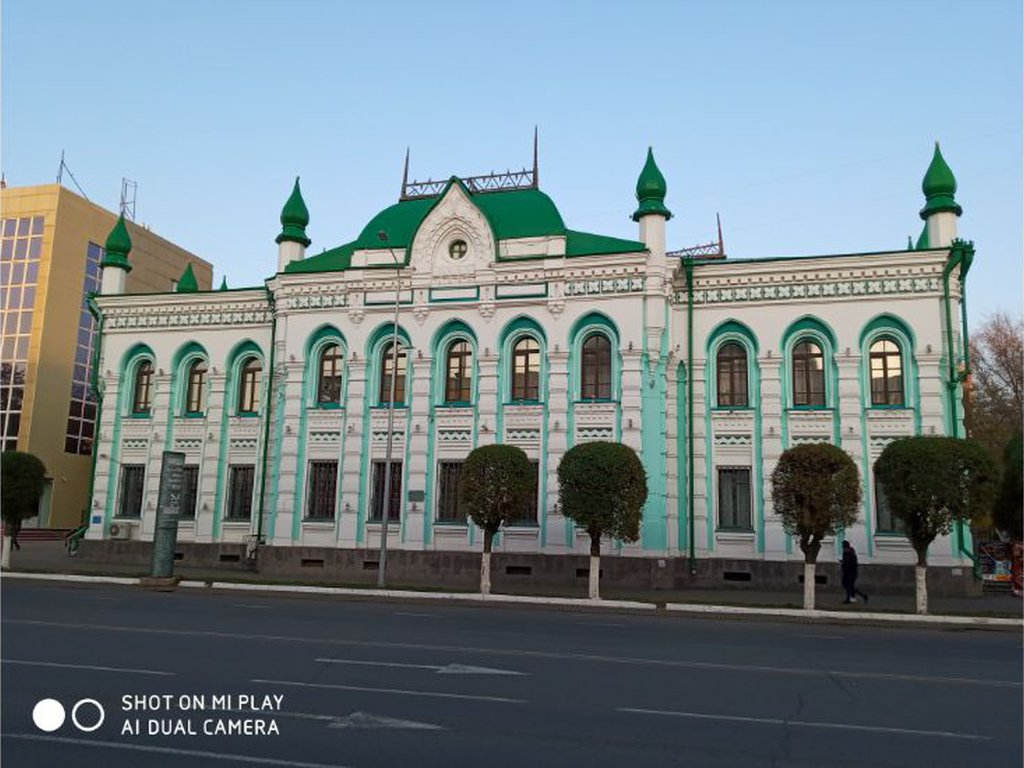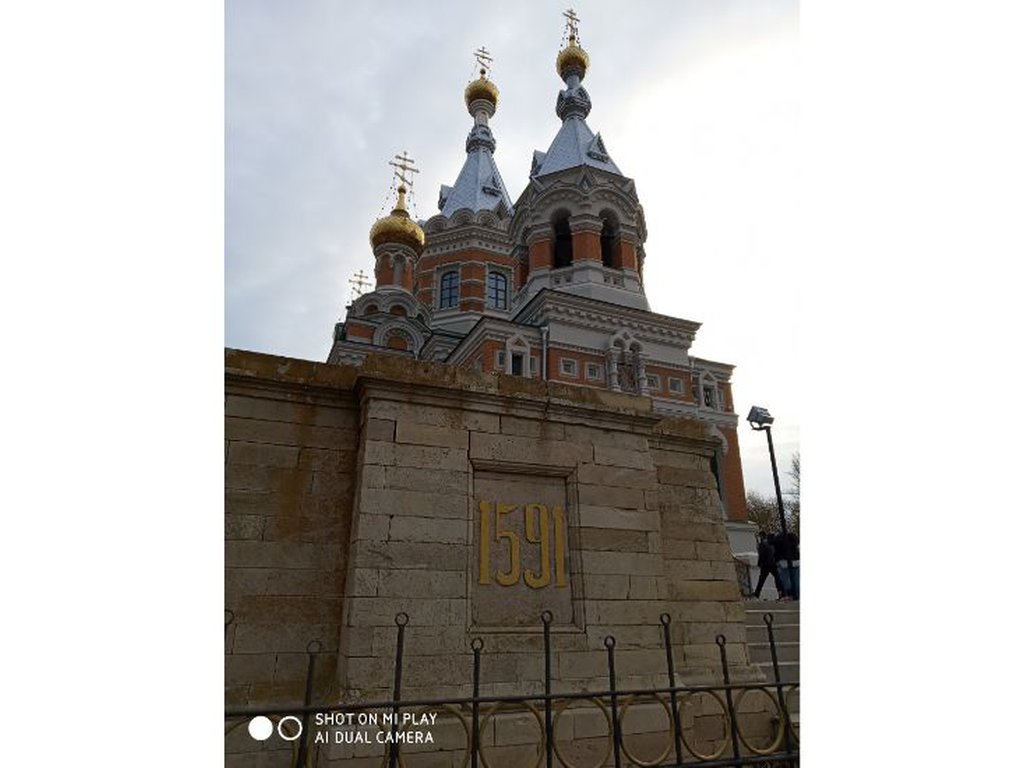Cathedral of Christ the Savior, Uralsk. Паспорт объекта

Full description
Name: Cathedral of Christ the Savior in Uralsk, Unified Church of Christ the Savior in Uralsk, Temple of Christ the Savior in Uralsk. The temple was named after the Cathedral of Christ the Savior in Moscow.
Site type: Orthodox Cathedral
Founder: The initiative for the construction of the cathedral belonged to General Nikolai Nikolaevich Shipov (1846-1911), who was the order ataman of the Ural Cossack army from 1885 to 1893. The congress of the elected representatives of the Cossack army supported Shipov's initiative on November 26, 1886. Forty-seven of the sixty-two delegates voted to start raising funds to start building a cathedral to commemorate the 300th anniversary of the formation of the Ural (Yaitsk) Cossack army in 1591.
Time and circumstances of foundation: The early years of the campaign to fund the construction of the cathedral were not very successful due to a number of crop failures, cattle deaths and floods. The Cossack Congress voted on July 20, 1888 to postpone the laying of the foundation of the cathedral until the 300th anniversary of the Host in 1891. On July 29, 1888, Bishop Macarius (Trinity) of Orenburg and Uralsk consecrated the construction site of the cathedral. On November 8, 1890, the residents of Uralsk learned that Tsarevich Nikolai Alexandrovich was planning to visit the city next year. The raised foundations of the cathedral were prepared for this visit and surrounded on all sides by crossed rifles with bayonets and cannons. Later, the rifles were replaced with an iron fence, but the cannons remained. On July 31, with the presence of the tsarevitch, the 300th anniversary of the oath of allegiance of the Uralsk Cossacks was celebrated in the old church of Michael the Archangel. Then participants of the festival went up the street to the site of the new cathedral. Tsarevitch watched the consecration of the cathedral's foundations by Bishop Macarius (Trinity). The building committee continued to raise funds for the construction over the following years. In 1900, the committee hired the architect Vladimir Nikolaevich Kuritsyn (1866-1924), who presented the project of the Byzantine cathedral. In the same year, this architect was declared a "dangerous political criminal" and exiled to the Great Ustyug for three years. The Construction Committee replaced him with Vladimir Nikolayevich Chagin (1865-1948), who was instructed to decorate the cathedral in Russian rather than Byzantine style. In 1903, a foundation plate and bricks were built into the column, which Tsarevich Nikolai touched during his visit, and which were installed on the right side of the cathedral. The main cross was installed on November 5, 1906. On November 4, 1907, the bells of the cathedral were installed on the bell tower. Three days later, Bishop Joachim (Levitsky) of Orenburg and the Uralsk consecrated the completed cathedral. The event was marked by a 21st volley from two cannons and a military parade. Then participants of the festival went up the street to the site of the new cathedral. The prince watched the consecration of the cathedral's foundations by Bishop Macarius (Trinity). The building committee continued to raise funds for the construction over the following years. In 1900, the committee hired the architect Vladimir Nikolaevich Kuritsyn (1866-1924), who presented the project of the Byzantine cathedral. In the same year, this architect was declared a "dangerous political criminal" and exiled to Veliky Ustyug for three years. The Construction Committee replaced him with Vladimir Nikolayevich Chagin (1865-1948), who was instructed to decorate the cathedral in Russian rather than Byzantine style. In 1903, a foundation plate and bricks were built into the column, which Tsarevich Nikolai touched during his visit, and which were installed on the right side of the cathedral. The main cross was installed on November 5, 1906. On November 4, 1907, the bells of the cathedral were installed on the bell tower. Three days later, Bishop Joachim (Levitsky) of Orenburg and the Uralsk consecrated the completed cathedral. The event was marked by a 21st volley from two cannons and a military parade.
Period of use: Religious services were held in the Cathedral of Christ the Savior from the moment it was consecrated on November 7, 1907, until it was closed by Soviet authorities in 1929. It was first plundered by Soviet activists on April 24, 1922, during an anti-religious campaign to confiscate liturgical items to help the starving. The cannons, which stood on the 8 plinths of the foundation square, were probably also removed at that time. In December of the same year, the cathedral was transferred under the control of the Soviet Renovationist Church. In August of 1929, the government confiscated the cathedral to turn it into a local history museum and removed bells from it. In 1983, it was converted into a museum of atheism and the main dome was used as a planetarium. In June of 1990, local Christians launched a campaign to return the cathedral to the Orthodox Church, collecting several thousand signatures. A new environmental museum was opened in the cathedral in August. At the same time, E. Smirnov, a resident of the Uralsk, began a hunger strike in the cathedral. The museum was closed the following month and the city council returned the cathedral to the Orthodox community. It was rededicated on December 30, 1990. On September 15, 1991, the 400th anniversary of the founding of the Uralsk Cossack Army was celebrated with a liturgy in the cathedral, during which the victims of repression and famine were commemorated.
Main functions: Conducting liturgies and general Orthodox festivities for parishioners of the entire city of Uralsk.
Religious affiliation: The Cathedral was created for the practice of "one faith" of that branch of the Orthodox Church in Russia, in order to adapt the ritual practices of the Old Believers, since many of the Ural Cossacks were Old Believers. According to the current priest, o. Anatolia, today the rituals of the Old Believers are rarely, if ever, performed in the cathedral.
Main center of attraction: Cathedral building and the residence of the priest.
Plan: The cathedral is built on an elevated square base surrounded by a fence. Each side of the base is lined with two pedestals originally topped with cannons. Two pedestals facing the main street of Dostyk-Druzhba are marked in 1591 and 1891, i.e. the years of the official formation of the Uralsk (Yaitsk) Cossack army and the consecration of the church, respectively. The priest's residence was built in 2014 and it is the only building on the territory, besides the cathedral itself.
Current State: All religious items were removed from the building before it was returned to believers in 1990, and restoration works took some years. In 1995, a native of the Uralsk, Valery Surkov, donated new bells to the cathedral, naming the largest one in honor of his son Svyatoslav. The bells were installed in the same year. The repainting of the interior walls of the cathedral was completed in 1997.
Threats: No immediate threats to the cathedral were identified.
The nearest settlement: The cathedral is located in Uralsk at the address of Uralsk, st. Dostyk-Druzhby, 202. Postcode: 090006.
Other sites: Uralsk is rich with holy places. The oldest religious building in the city is the Cathedral of Archangel Michael, consecrated in 1620. It also houses the Red Mosque, built in 1871.
Artifacts and manuscripts: In the cathedral there is an icon of St. Nicholas of Mirlikisky, written in the memory of the 25th anniversary of the victory of the Uralsk Cossacks over the Kokand army at Icahn in 1864. This icon was kept in the Cathedral of the Archangel Michael in Uralsk.
Assessment of the current state. The cathedral is currently in excellent condition.
Investment recommendations: The cathedral itself is well maintained. It serves as an information center for pilgrims and advertises tours to Moscow and Pskov but not Kazakhstan. There is a great opportunity for investment in tourism and pilgrimage to Orthodox places in Kazakhstan.
Recommended sources:
Белый, Александр. Старый собор в Уральске: Века и годы встречи легенды раритеты. Уральск, 1994.
Гурьева, Галия. Летит столетье над Уралом: 400-летию Уральска посвящается (1613-2013). Уральск: «SophieStyle», 2015
Кутищев, В.В. Уральские храмы. Часть 2. Церкви города Уральска. Уральск: «Полиграфсервис», 2018.
Трегубов, А.Г. Составитель. Единоверческое и православное духовенство Уральского (Яицкого) казачьего войска и Уральской области. В 2-х томах. Уральск: «Яикъ», 2013.
Фокин, Николай. Уральск православный. «Евразийский Союз Ученых», 2010.
Чесноков, Николай. Город малиновых зорь: этюды и размышления. В 2-х томах. Уральск: «Оптима», 2010.
Чесноков, Николай. На куполах – столетий отблеск: Уральск сто лет назад. Уральск: «Оптима», 2003.
Photo gallery
Map
Materials
All materials are available at the following link


